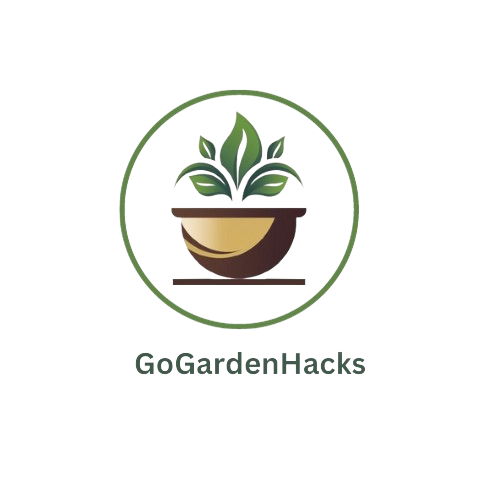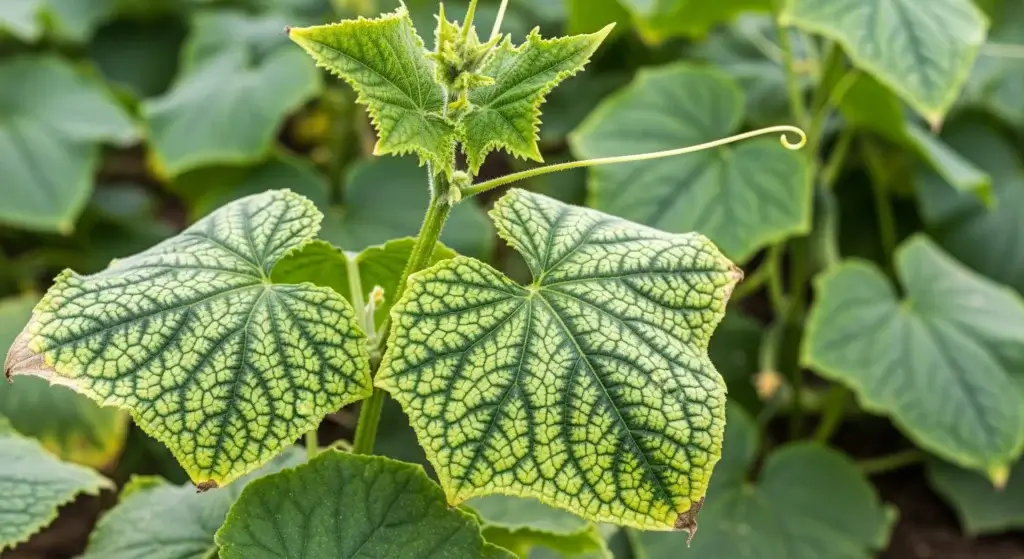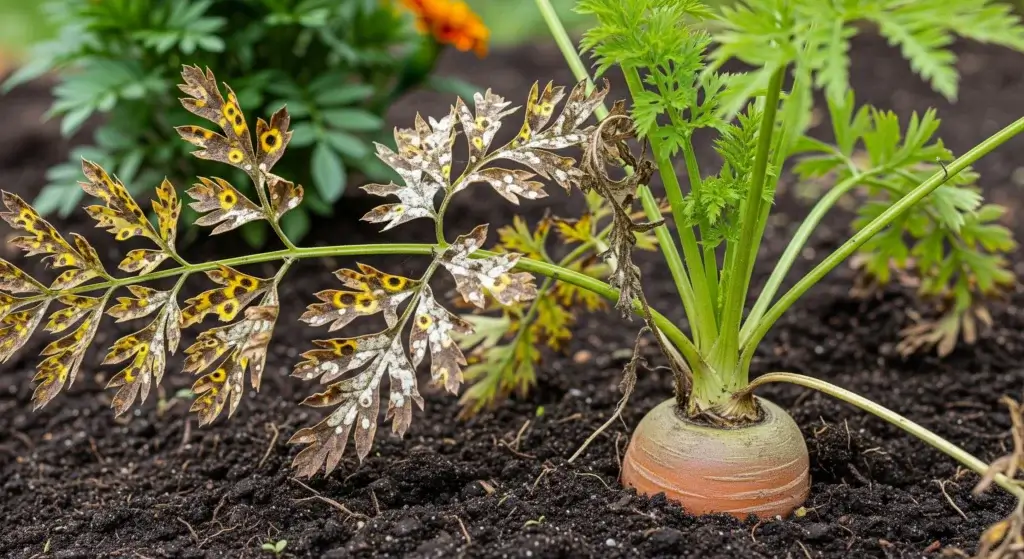
Lettuce is one of the most popular leafy greens worldwide, cultivated by both large-scale farmers and home gardeners.
However, growing lettuce comes with its fair share of challenges—one of the biggest being pests. Ignoring these tiny invaders can lead to devastating consequences, affecting both yield and profits.
If left unchecked, pests can destroy an entire crop, leading to massive financial losses and even long-term damage to the soil.
This article explores the hidden costs of lettuce pests and effective ways to prevent them.
Common Lettuce Pests
Lettuce farmers face several pests that can harm their crops and hurt their bottom line.
Here are the most common culprits and the damage they can cause:
Aphids
Aphids are tiny insects that suck the sap from lettuce plants, weakening them and spreading diseases.
Just one infestation can stunt lettuce growth by up to 30%, making it harder to produce a healthy, profitable crop.
Slugs and snails
These slimy pests are notorious for chewing large holes in lettuce leaves, ruining their appearance and making them unsellable.
Shockingly, slugs can devour up to 40% of a young lettuce plant in just one night.
Caterpillars
Caterpillars, like the cabbage looper, are leaf-eating machines.
A single caterpillar can eat three full lettuce leaves in a day, drastically reducing the amount of marketable produce.
Leafminers
Leafminers burrow into lettuce leaves, creating unsightly tunnels that reduce the plant’s ability to photosynthesize.
This damage can lower the crop’s value by 15–20%, making it less appealing to buyers.

The Direct Costs of Pest Damage
Pests don’t just harm your lettuce—they hit your wallet, too.
Here’s how pest damage can directly affect your farm’s finances:
Reduced yield
Pests can cause significant losses in your lettuce harvest.
Depending on how bad the infestation is, farmers might lose 30–50% of their crop, cutting deeply into their profits.
Lower quality
Even if your lettuce survives a pest attack, damaged leaves make it less appealing to buyers.
Supermarkets and restaurants often reject produce that doesn’t meet their standards, forcing farmers to sell at lower prices or throw away damaged crops.
Increased labor
Dealing with pests takes time and effort.
From manually removing pests to applying treatments or replanting, the extra work drives up labor costs and adds stress to your operation.
Cost of replacement seeds or plants
If pests destroy an entire crop, you’ll need to buy new seeds or transplants to start over.
This unexpected expense can strain your budget and delay your harvest.
The Indirect Costs of Pest Damage
Pest problems don’t just hurt your lettuce—they can have ripple effects that impact your farm in other ways.
Here’s how:
Disease spread
Pests like aphids don’t just eat your crops—they can also spread diseases.
Viruses can quickly move through your fields, causing even more damage and reducing your harvest.
Soil degradation
Overusing pesticides to fight pests can harm the soil.
It kills beneficial organisms and reduces soil fertility over time, making it harder to grow healthy crops in the future.
Reputation damage
If your farm delivers lettuce that’s often damaged by pests, buyers and customers may lose trust in your produce.
Even one bad batch can drive them to look for other suppliers.
Stress and anxiety for the farmer
Dealing with pests is exhausting. The constant worry about crop losses, extra work, and financial strain can take a toll on your mental health.
Farming is hard enough without the added stress of battling pests.

Prevention and Control Strategies
Dealing with lettuce pests doesn’t have to feel like an endless battle.
By using smart, sustainable strategies, you can protect your crops and keep your farm thriving.
Here’s how:
Integrated Pest Management (IPM)
IPM is a balanced approach that combines different methods—like biological controls, cultural practices, and careful use of pesticides—to manage pests effectively while protecting the environment.
It’s about working with nature, not against it.
Natural pest control
Invite nature’s helpers to your farm!
Beneficial insects like ladybugs and lacewings feed on pests like aphids, keeping their numbers in check without the need for chemicals.
Regular monitoring
Keep a close eye on your lettuce crops.
Frequent inspections help you spot pests early, so you can take action before they become a big problem.
Good sanitation practices
Clean up plant debris and weeds around your fields.
These can be hiding spots for pests, so removing them helps reduce the risk of infestations.
Crop rotation
Switch up what you plant in each field from season to season.
This disrupts the life cycle of pests, making it harder for them to thrive.
Use of row covers
Floating row covers are a simple but effective way to protect your lettuce from insects.
They let in air and sunlight while keeping pests out.

Final Thoughts
Ignoring pests in your lettuce crop isn’t just a small problem—it can lead to big losses.
From lower harvests to damage to your farm’s reputation, the impact on your finances and stress levels can be significant.
But there’s a better way.
By staying proactive—using integrated pest management, natural solutions, and regular monitoring—you can protect your crops, safeguard your income, and enjoy greater peace of mind.
Taking these steps isn’t just good for your lettuce; it’s good for your farm’s future.



